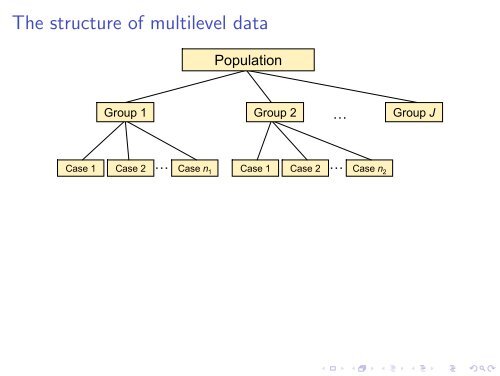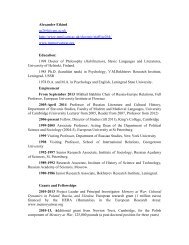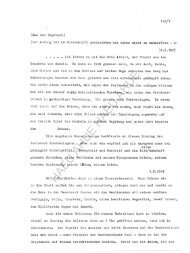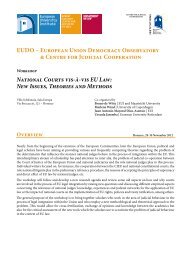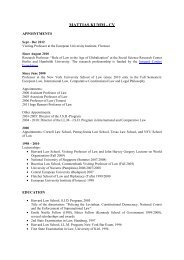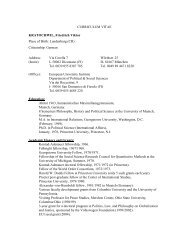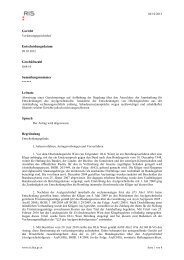Day 1: Introduction to multi-level data problems
Day 1: Introduction to multi-level data problems
Day 1: Introduction to multi-level data problems
Create successful ePaper yourself
Turn your PDF publications into a flip-book with our unique Google optimized e-Paper software.
The structure of <strong>multi</strong><strong>level</strong> <strong>data</strong><br />
5<br />
individuals (micro-units) are sampled from naturally<br />
occurring groups (macro-units).<br />
Population<br />
Group 1 Group 2<br />
Case 1 Case 2 … Case n1 Case 1 Case 2 … Case n2 …<br />
Group J<br />
In hierarchical <strong>data</strong> structures, there are (at least) two <strong>level</strong>s of sampling. Macro-units (fo<br />
groups) are sampled and then <strong>multi</strong>ple micro-units (for example, individuals) are sample<br />
macro-unit.<br />
We will typically refer <strong>to</strong> these two <strong>level</strong>s of sampling as Level 1 and Level 2, respective<br />
A common example of hierarchically structured <strong>data</strong> comes from the education field: stu<br />
within classrooms, which in turn might be nested within schools. Another example from<br />
is that <strong>multi</strong>ple patients may be seen by the same physician.<br />
Other examples of hierarchically structured <strong>data</strong> include these:


